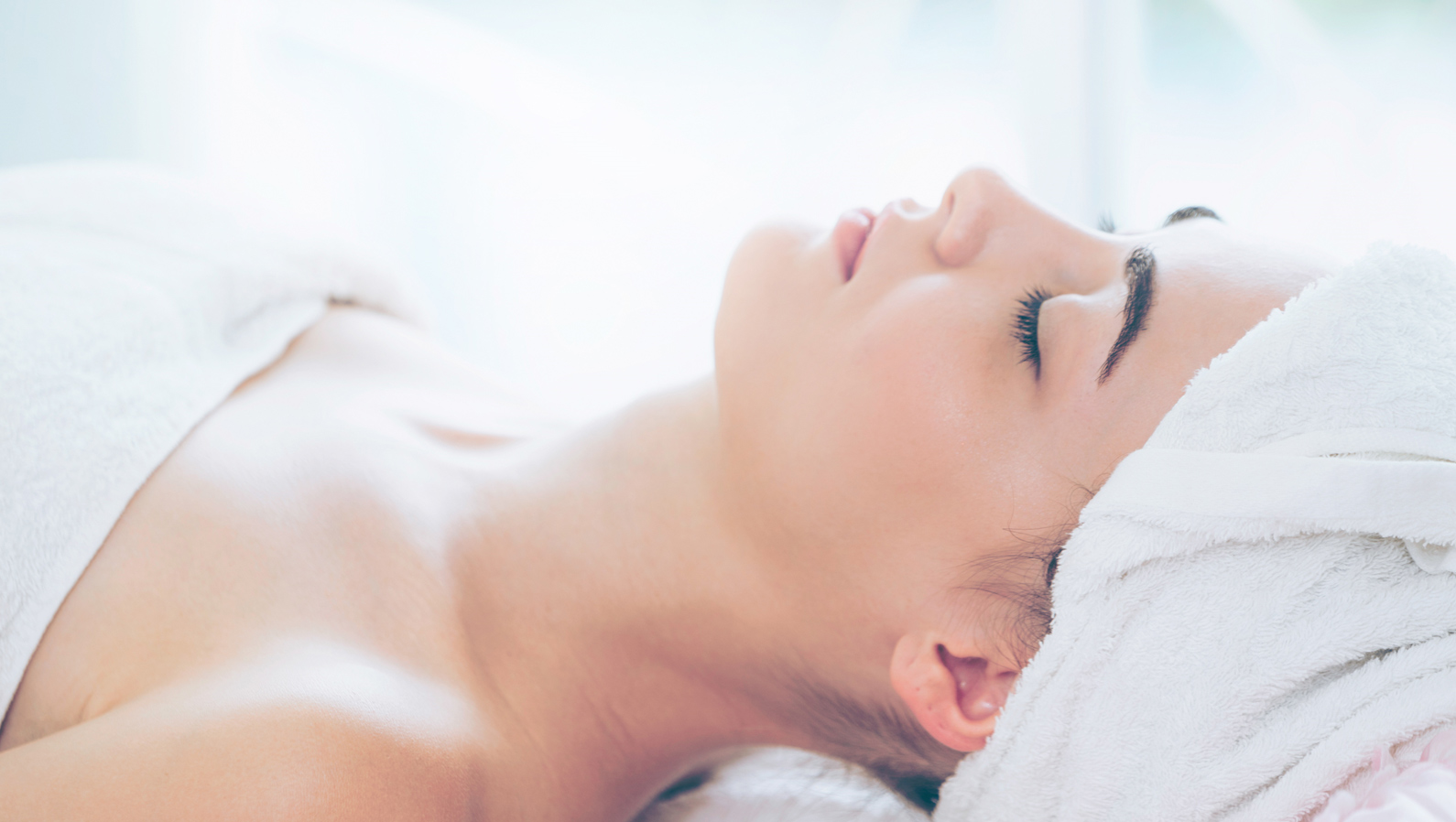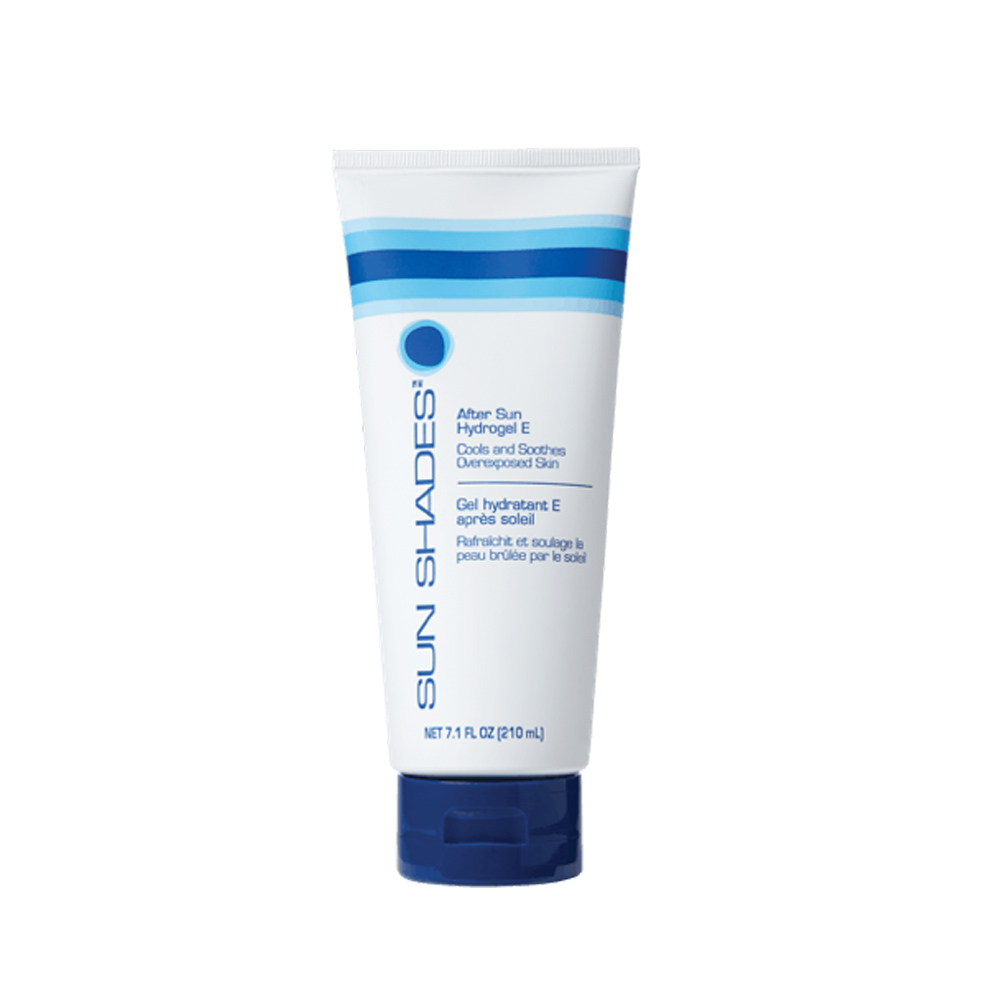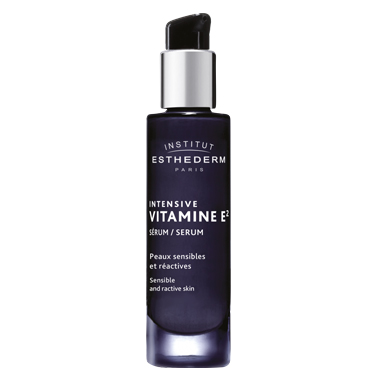The benefits of vitamin E are numerous for the body: it strengthens the immune system, protects against certain cancers. Its benefits for the body do not stop there: vitamin E is known to work miracles for the skin. Used for a long time in ancestral beauty routines and a key ingredient in our modern creams and lotions. We find it in green vegetables, nuts and seeds, but also in seafood and some fruits.
Regenerating, anti-aging, moisturizing … are some known benefits of vitamin E for the skin. Remember that its efficiency is 10 times greater when used topically!
Nourishing
Vitamin E deeply moisturizes dehydrated skin by nourishing it from the inside. Particularly recommended for dry skin, just apply the oil directly to the skin, or mix a few drops with your night cream and wake up with a radiant and hydrated complexion.
Anti-aging
Although it is difficult to reverse the effects of aged skin, we can however improve some, such as dull complexion, lack of firmness and sensitivity. Vitamin E has the property of stimulating the production of collagen that maintains the elasticity of our skin. By including vitamin E in the form that we prefer to our beauty routine, you’ll quickly notice an improvement of the texture and the firmness. Vitamin E is also a source of antioxidants, it is ideal for fighting free radicals responsible for hyperpigmentation and brown spots that also appear with age.
In addition to reducing the appearance of wrinkles and fine lines, vitamin E also prevents their formation by fighting against the loss of elasticity of the skin. Wrinkles and fine lines are some of the most common signs of aging. Vitamin E can help reduce the appearance of both by promoting cell regeneration and protecting against the damage caused by free radicals.
In addition, vitamin E can help prevent the loss of elasticity in the skin, which can lead to the formation of wrinkles and fine lines.
By being an antioxidant that helps protect cells from the damage caused by free radicals, vitamin E makes an ideal ingredient for mature skin, but also for acne-prone skin or skin with stretch marks.
Reconstructive
Vitamin E is an important nutrient that offers a variety of health benefits. One of the most important benefits of vitamin E is its antioxidant properties. Antioxidants are substances that help to protect cells from damage caused by free radicals. Free radicals are unstable molecules that can cause cell damage, leading to inflammation and disease. Vitamin E helps to neutralize free radicals, thereby protecting cells and reducing the risk of disease. Additionally, vitamin E has been shown to boost immune function, improve mental clarity, and even slow the aging process. As such, it is clear that vitamin E is an essential nutrient with a wide range of benefits for overall health and well-being. Vitamin E is also thought to protect against heart disease, cancer, and Alzheimer’s disease. However, more research is needed to confirm these health benefits.
In addition to its antioxidant properties, vitamin E has been shown to help improve the appearance of scars and stretch marks. It does this by stimulating the production of collagen, a protein that helps to repair tissue damage. Vitamin E is also known for its anti-inflammatory properties, which can help to reduce the redness and swelling associated with scars. For best results, look for products that contain vitamin E in a concentration of at least 15%. Apply the product twice daily, massaging it into the skin in a circular motion.
You’ll also like the treatment Esthederm Cocoon Treatment with Vitamin E

How to use Vitamin E correctly
To get all the benefits of Vitamin E for the skin, you have to know how to use it. If some prefer to use the oily formula for topical use you must take the consistency in to consideration. Indeed, the vitamin E oil is particularly thick and greasy, which changes from other oils that we may be used to.
It is therefore advised to use a few drops of oil and mix it with your usual cream to enhance its effects. For people with oily skin, it may be wise to use it at night or preferably in its serum form, (see recommendation below) to allow time for the skin to absorb the oil.
Also, it’s best to start using vitamin E a few days a week and build up to daily use. If you have sensitive skin, you may want to start with once a week and increase as your skin gets used to it.
Vitamin E and Vitamin C can also be used together and form a winning combination for the skin, protecting it from free radicals and rejuvenating its appearance.
Finally, vitamin E has everything our skin needs to protect, nourish and stay supple and healthy.
Particularly attacked by pollution and constantly stimulated by touch, the facial skin deserves the great care that vitamin E brings.
In addition, it is anti-inflammatory, which calms and moisturizes sensitive skin. As with any natural product, it is better to be vigilant about our use of vitamins, especially in the form of oil. Indeed, vitamin E oil can be heavy for some skin and cause pimples and inflammation, in this case a serum version will be appropriate.
It can also be used in the form of supplements or simply added to your diet.
How to include Vitamin E in your diet?
You can find Vitamin E in a variety of foods, including vegetable oils, nuts, seeds, and leafy greens. Nuts and seeds are especially good sources of Vitamin E, so try adding a handful of almonds to your next salad or snacking on sunflower seeds as a healthy snack. Leafy greens such as spinach and Swiss chard are also good sources of Vitamin E, so make sure to include them in your diet. By adding these foods to your diet, you can make sure that you’re getting the Vitamin E you need for good health.
You can also take vitamin E supplements, but it’s important not to take too much as this can be harmful. The recommended daily allowance (RDA) for adults is 15 milligrams (mg). If you’re taking a supplement, make sure it doesn’t contain more than this. Vitamin E is a fat-soluble vitamin, so it’s best absorbed into the body when taken with food. It’s also important to remember that while vitamin E has many health benefits, it’s not a cure-all. Be sure to eat a balanced diet and get regular exercise for overall good health.
A few things you should keep in mind when using vitamin E on your skin:
- Vitamin E is fat-soluble, so it works best when applied to damp or skin.
- You only need a small amount of vitamin E for it to be effective, so don’t go overboard when applying it to your skin.
- If you have sensitive skin, be sure to test the vitamin E on a small area of skin before applying it to your entire face or body.
- Vitamin E can be applied directly to the skin or mixed with a moisturizer, lotion, or oil.
- Vitamin E is also available in capsule form. If you opt for this option, simply puncture the capsule and apply the contents to your skin.
In conclusion, vitamin E is a great choice for those looking for an antioxidant to help protect their skin from damage caused by free radicals. It can also help reduce the appearance of wrinkles and fine lines, and prevent the loss of elasticity in the skin. Vitamin E is available in capsule form, as an oil, or in a serum, so there is an option for everyone. Just be sure to start with a small amount and test it on a small area of skin before applying it to your entire face or body.
Aloe Vera Hydrating Gel with Vitamin E – Melaleuca

Esthederm Intensive Vitamine E² Serum

